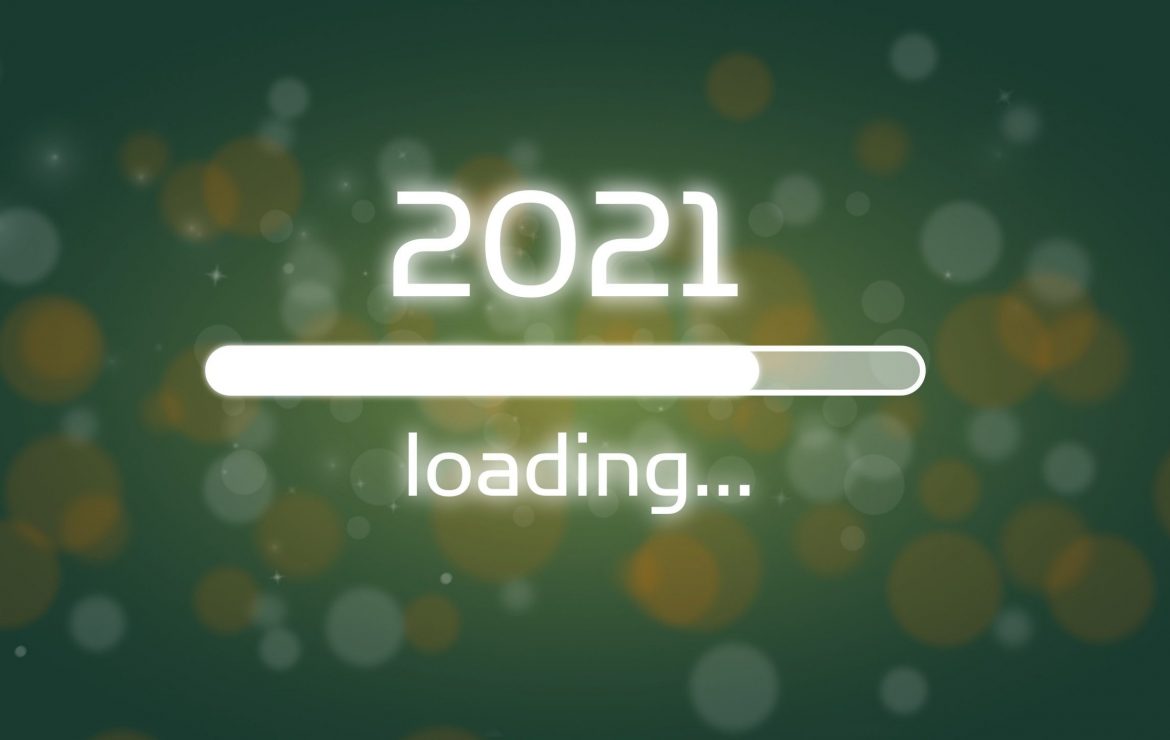As we look ahead to the cybersecurity landscape in the next 12 months, it is from a position no one predicted this time last year. Business operations have changed beyond recognition with most employees working from home in a transition that happened almost overnight. Stretched security teams have been challenged to rapidly deploy robust remote working facilities to maintain productivity.
Nine in ten security professionals surveyed by our Threat Analysis Unit said they were facing increased attack volumes, which they attributed to the newly distributed working environment.
This year we’ve seen cybercrime and cybercriminal groups continue along a path of technical and industry innovation that will see new strategies and tactics gain traction in 2021. We have also seen cyber defences tested like never before and, for the most part, they have held firm..
With this in mind, the following are six trends we expect to see, and key areas cybersecurity professionals should keep their eyes on in 2021.
1. Remote-working focuses attacker attention on mobile compromise
As employees use personal devices to review and share sensitive corporate information, these become an excellent point of ingress for attackers. If hackers can get into your Android or iPhone, they will then be able to island hop into the corporate networks you access, whether by deactivating VPNs or breaking down firewalls.
Combating these risks requires a combination of new mobile device policies and infrastructure designed to facilitate continued remote working, as well as raising employee awareness of the persistent risks and the importance of digital distancing.
2. Continuing direct impacts on healthcare
With growing reliance on telemedicine for routine medical appointments lucrative personally identifiable information (PII) is being accessed from remote locations and as a result is more easily intercepted by hackers. At the same time, vaccine-related data pertaining to trials and formulae is some of the most sought-after intellectual property right now and the drive to get hold of it for financial or political gain is putting healthcare and biotech organisations under intense pressure from external threats and insider risk.
The strain on healthcare cybersecurity is not going unheeded; we will see increased IT and security budgets in the sector to combat the growth in external threats.
3. Emerging tactical trends: cloud-jacking and destructive ICS attacks
As the new year dawns, we will see tried and tested tactics evolving to become more sophisticated and take advantage of changes in network architecture. Cloud-jacking through public clouds will become the island-hopping strategy of choice for cybercriminals as opportunity proliferates due to the overreliance on public clouds by the newly distributed workforce.
Increasing cyber-physical integration will tempt nation state-sponsored groups into bolder, more destructive attacks against industrial control system (ICS) environments. Critical National Infrastructure, energy and manufacturing companies will be in the crosshairs as OT threats ramp up.
4. The ransomware economy pivots to extortion and collaboration
Ransomware groups have evolved their approach to neutralise the defensive effect of back-ups and disaster recovery by making sure they’ve exfiltrated all the data they need before the victim knows they’re under attack. Once the systems are locked attackers use the data in their possession to extort victims to pay to prevent the breach becoming public. And if that fails, they can sell the data anyway, meaning the victim is doubly damaged.
Ransomware is such big business that the leading groups are collaborating, sharing resources and infrastructure to develop more sophisticated and lucrative campaigns.
5. AI utilised for defensive and offensive purposes
Technology innovation is as relevant to attackers as it is to defenders and, while artificial intelligence and machine learning have significant benefits in cybersecurity, we can expect to see adversaries continue to advance in the way AI/ML principles are used for post-exploitation activities. They’ll leverage collected information to pivot to other systems, move laterally and spread efficiently – all through automation.
As awareness of how attackers are using automation increases, we can expect defenders to fix the issue, maximising automation to spot malicious activity faster than ever before.
6. Defender confidence is justifiably on the rise
The mission-critical nature of cybersecurity has never been more apparent than in 2020 as teams have risen to the challenge of uniquely difficult circumstances. In recognition of this we will see board-level support and a much healthier relationship between IT and security teams as they collaborate to simultaneously empower and safeguard users. 2020 has been the catalyst for change for which we were more than ready.












